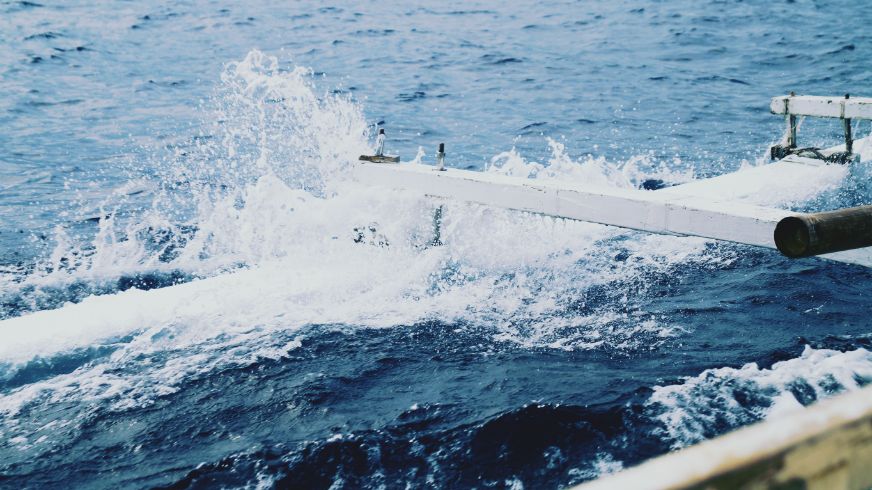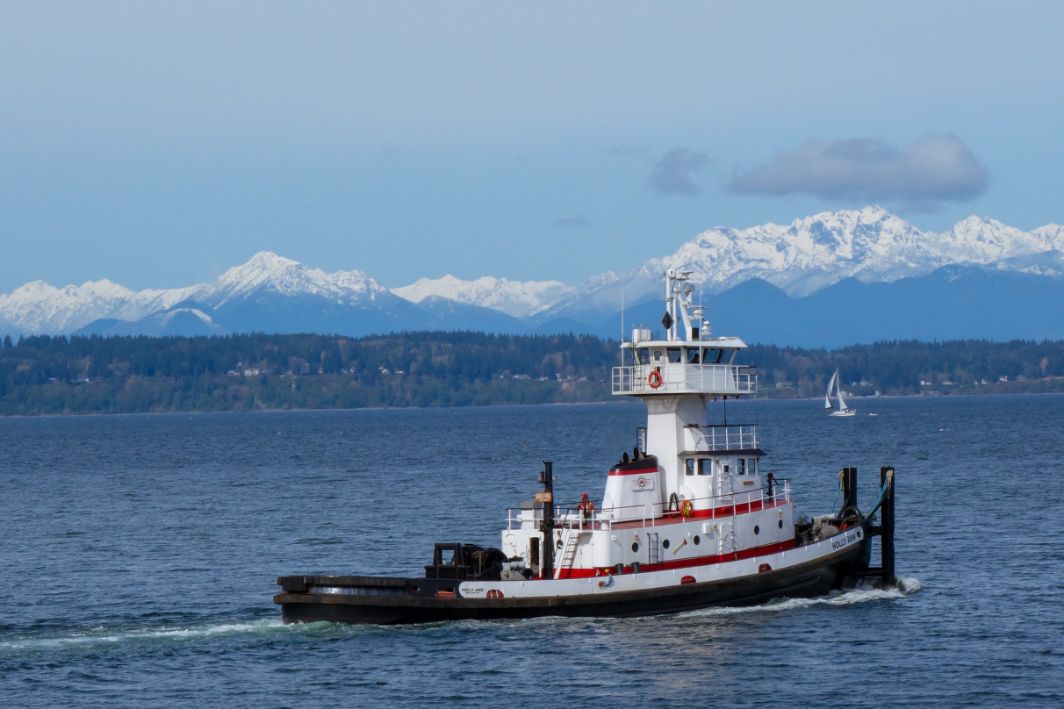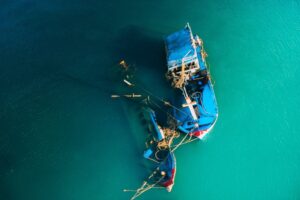If you’ve ever taken a ride on open water, you’ve probably noticed that there aren’t any signs indicating a posted speed limit. When you’re moving at a safe speed, you have enough time and space to accurately calculate and assess dangerous situations, allowing you to react to them carefully and appropriately.
What elements decide the safe speed for your boat? The size of the engine and the craft are both important deciding factors. For more information, keep reading!
What Is Boat Speed?
Boat speed is defined as a vessel’s average speed over a specified period of time or distance. Both knots and miles per hour (mph) are acceptable units of measurement for speed.
It’s important to understand that boat speed encompasses more than just forward motion. Boat speed is important because it affects how quickly a vessel can cross water and how quickly it can make its arrival.
The boat drags on the water more and slows down the faster it travels. In addition to these, the wind, waves, and current also affect a boat’s speed.
Boat speed is frequently measured using a radar gun, which uses radio waves to calculate the distance traveled by the target object. Cruising and racing speed are the two most prevalent types of speed.
Cruising Speed
The fastest a boat can go while still abiding by all rules and regulations is known as its “cruising speed.” It is the speed a ship travels when not using all of its power.
In order to save fuel, this speed is typically lower than full speed. Additionally, it refers to the typical boating speed and is frequently abbreviated to “speed.” In general, 10 to 12 knots is regarded as the cruising speed.
Racing Speed
Racing speed, which is frequently used when racing, is the fastest a boat can travel through water. Typically, it is expressed in miles per hour or kilometers per hour.
The fastest boats are capable of speeds of up to 300 kilometers per hour, while the slowest boats are limited to 25 kilometers per hour.
Internal Factors That Determine Your Boat’s Speed
Your boat’s speed is influenced by a variety of internal factors. Here are some of the most important things a boat operator should think about.
Engine Size
First and foremost, you can only move as quickly as your engine allows. You can travel more quickly with a more powerful engine.
While some engines are made for pure speed, others are built to carry heavier loads. When you press the throttle, it will be clear which one is installed on your boat.
Consider upgrading your boat’s motor if you want a quick way to increase speed.

Boat/ Hull Type
You can move faster or slower on the water depending on the type of boat and hull you have. Your boat’s drag in the water will be reduced if its hull is designed to cut through waves. These can be found on boats that are built for speed.
The maximum speed you can travel in a boat with a flat, wide hull will be lower.
Boat Size (Weight)
The amount of force required to advance a heavier load will increase. You’ll need to move more slowly through the water if your boat is large and loaded with a lot of cargo.
In the vicinity of docks, cargo ships can be seen moving along the water seemingly at a crawl. Each boater in the area would have to flee if they moved as quickly as your speedboat.
It is more difficult for something to stop growing larger. Additionally, steering clear of obstacles and navigating them is both more difficult. For the same reason, your single-seater boat can pass a big pontoon boat quickly (assuming you have a big motor on your rig).
Propeller Type
You may not be aware of this, but not all boat propellers are created equal. They come in a variety of sizes, pitches, orientations, and fin counts.
External Factors That Determine Your Boat’s Speed
Water Depth
Avoid moving too quickly when navigating through shallow water. It will be less difficult for you to free yourself if you hit a sandbar or a mud puddle while moving slowly. While it may be tempting to push through so that you can continue into deeper water, you risk harming the hull if you do so.
Weather Conditions
Speed should be decreased in bad weather. Those of you who have gone boating in rainy or foggy conditions will appreciate where we’re coming from. Visibility can be impacted by bad weather and rough seas, which makes it simpler for you to run into hidden hazards.
Additionally, it is incredibly unpleasant to travel at high speeds through choppy waters. The ride will become more erratic as you travel faster. This may even harm the craft, which increases your risk of motion sickness.
Finally, keep in mind that most recreational boats lack the necessary lighting features. That implies that it will be extremely challenging to see any other boaters on foggy mornings. It’s best to move slowly when visibility is poor.
Traffic Density
You might think the lake (or bay) is all yours on certain days. However, you’ll typically have to deal with a few other boaters at the very least. You should be especially cautious during those times of heavy traffic.
You should move more slowly when there are many boats out on the water at once. You and everyone else will be safer if you slow down when there is a lot of boat traffic because you cannot predict what other boaters may do.
Boat’s Speed While Traveling In Shallow Water
Remember that your watercraft’s base affects how it moves when you’re in shallow water. Reduce your speed because it appears that the stern is dipping, bringing you very close to the ocean floor.
The stern may also result in a condition known as “bank suction.”‘ The pressure and cushion of the bank interfere, causing it to happen as the stern approaches the shore. After that, an unexpected shear bounces on the opposing bank.
In a large area of shallow water, this is likely to happen. Although you are still allowed to go there, you may direct your boats to the center of the shallow area.
Reducing speed is the most important thing you can do to avoid suction and cushion effects. Utilizing some rudder shift is another method of avoiding these constant forces. These arrangements increase suction and cushion when approaching another ship in shallow water:
- whenever the depth of the water in which you are cruising is equal to the draft of your ship.
- the proximity of the shore or opposing ship.
- When you are no longer able to maintain perfect bare steering, it is difficult to slow down. Such an incident only serves to highlight how challenging it is to keep one’s speed under control when moving quickly.
Conclusion
You now understand which internal and external variables are important in determining a safe boat speed.
Boaters are expected to pay close attention to a number of things for safety. Along with properly operating your boat, you also need to be aware of your surroundings. Be aware of large vessels, lights, visibility conditions, signs, water depths, traffic volumes, and potential dangers.



